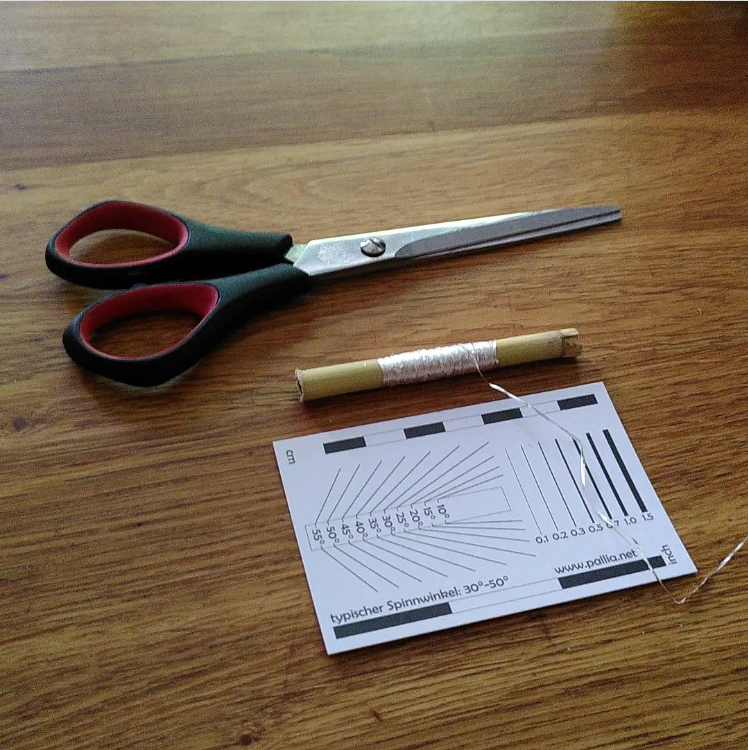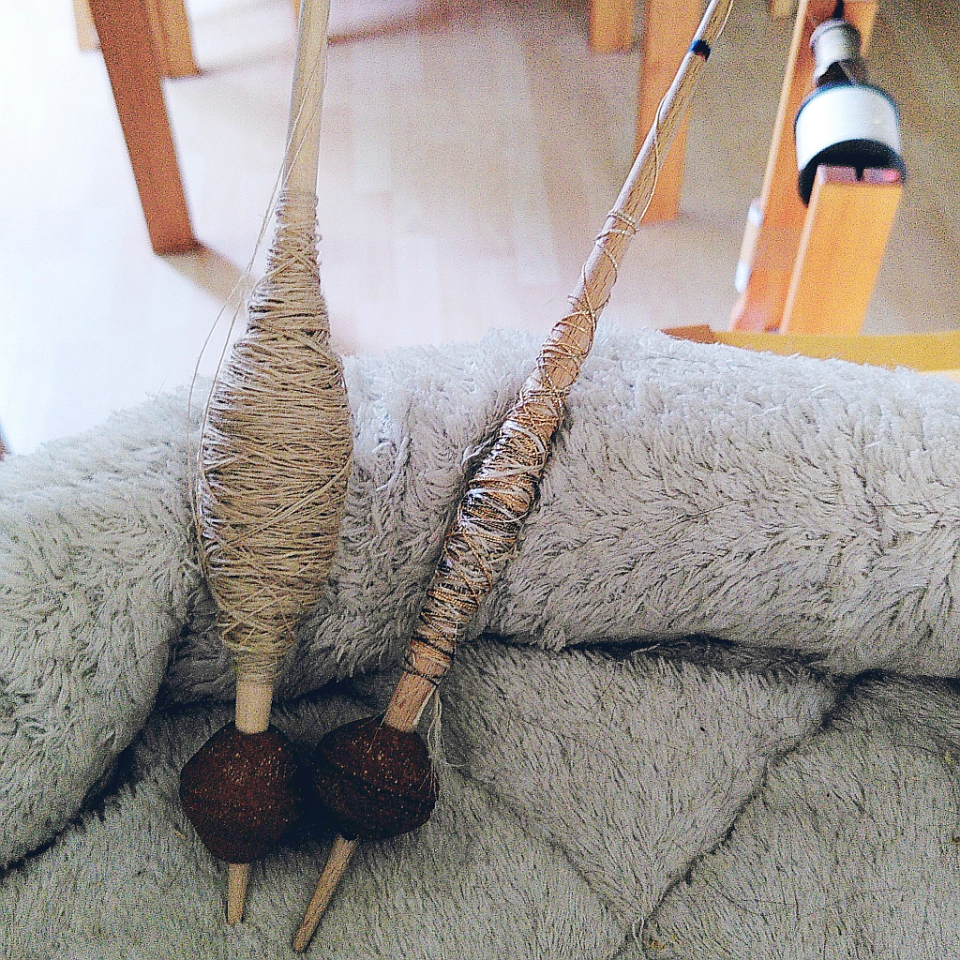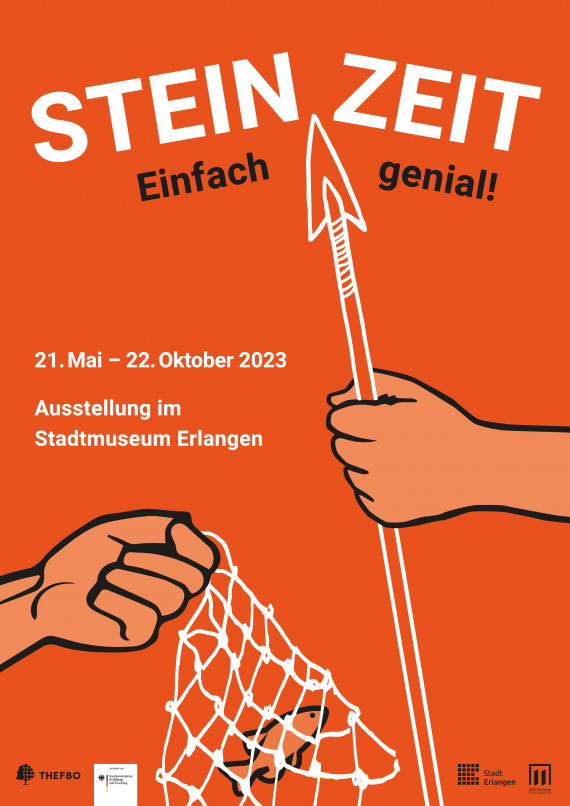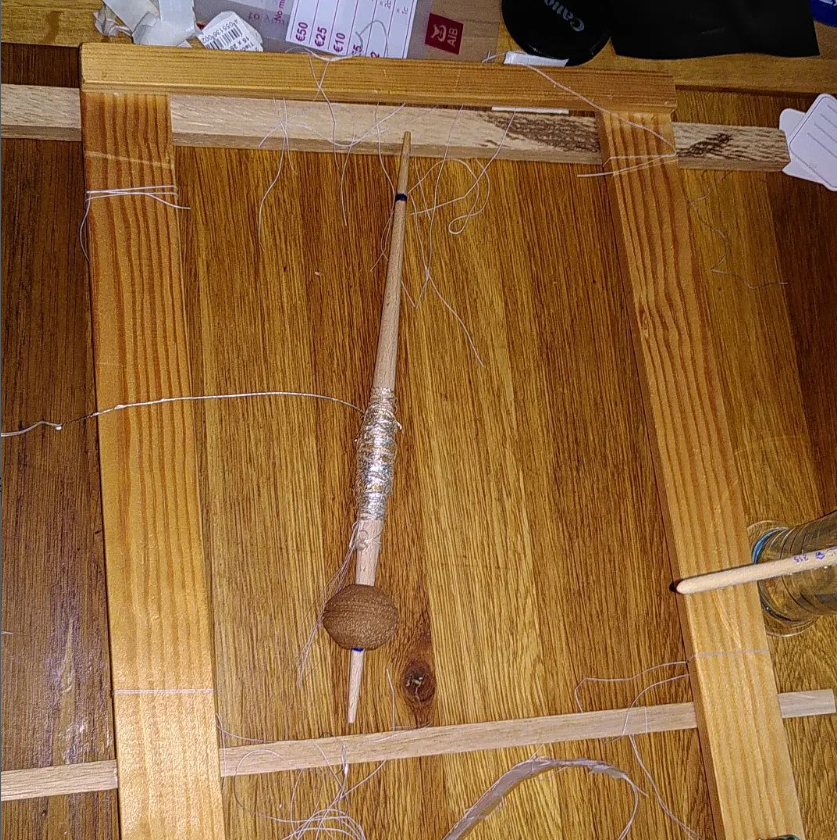Well, after a very nice day off yesterday, today was eaten up by doing this small thing and that one and another one, all good and necessary, but somehow it led to me not getting done what I wanted to do today. Mind you, my brain was quite scattery anyways, so the flitting from one small task to another suited the day's mood, but still - the main task for today did not get dealt with. (Yet. I am planning to squeeze in a little bit more time to at least get it pre-organised.)
Part of today's planned and not-yet-done task involved calculations on the costs of fabric reconstructions. Only approximate ones at the moment, but they are still complex to do, and need some brain power and checking of lists (of previous similar, or sometimes not-so-similar tasks), and checking of material availability and costs.
On a similar vein - I've been asked if the membrane thread will eventually make its way into the online shop. Ah. Well. Theoretically... it could. But practically... I'm not convinced it will be a well-selling item. It will, however, definitely be a very, very pricey item.
Those bits in the calculation process are the hardest for me. I don't want to shortchange my customers, but nor do I want to end up with a much lower wage than intended because I underestimated the time necessary by a lot. And unfortunately, when you do those estimations for work time, that is very easy to do.
Want to guess along with me? Then let me know in the comments where you'd see the price for a metre of the membrane thread end up!








